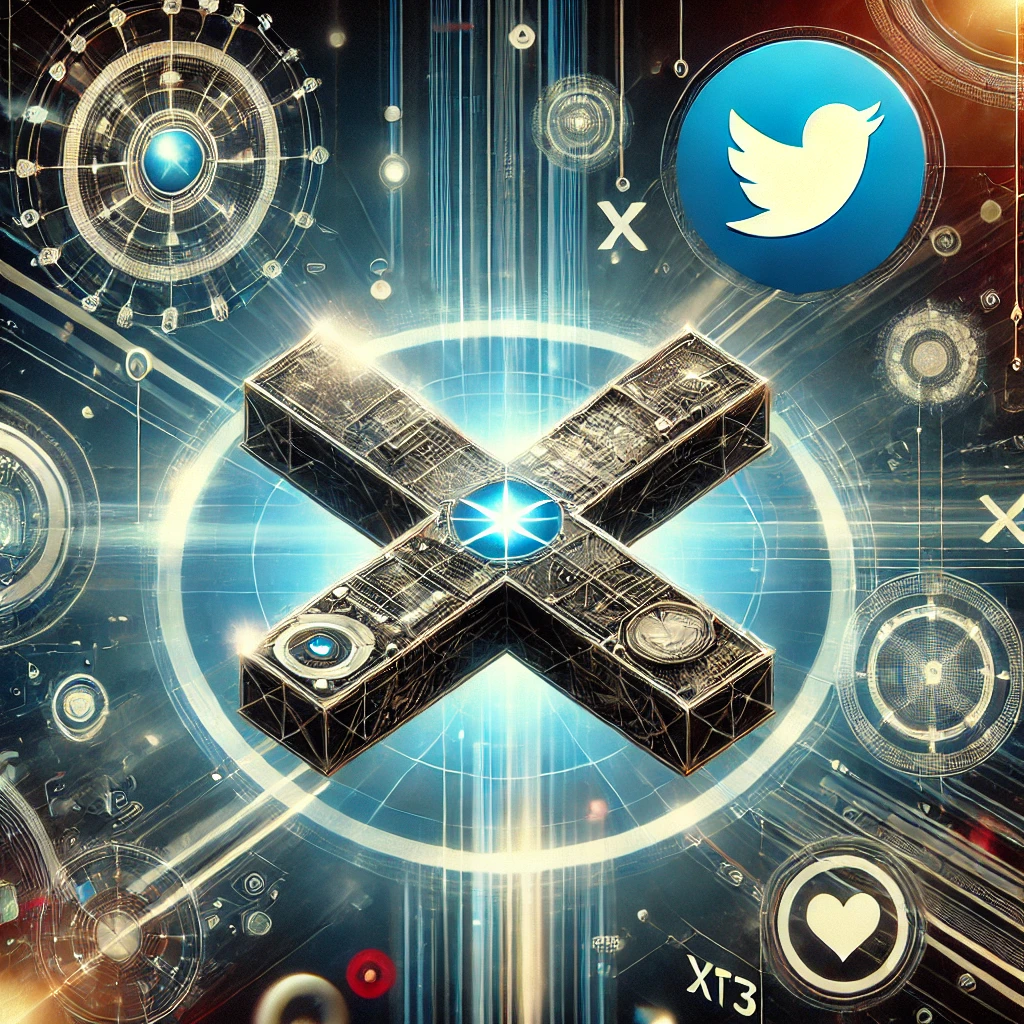As Web3 continues to evolve, it is poised to fundamentally change how we interact with the internet, especially on social media platforms like X (formerly Twitter). The promise of Web3—decentralization, ownership, and transparency—creates a new era where users regain control over their digital identity, data, and content. In this blog, we’ll explore how X is embracing Web3 and how this shift is setting the stage for the future of social media.

The Web3 Vision
Web3 represents the next stage of the internet, where decentralized technologies like blockchain take center stage. In a Web3 world, users no longer rely on centralized entities to store and manage their data. Instead, blockchain-powered decentralized applications (dApps) allow users to own and control their assets, interactions, and identities.
Some of the fundamental principles of Web3 include:
- User Ownership: Unlike the Web2 model, where companies control user-generated data, Web3 allows users to own and manage their data through decentralized networks.
- Decentralization: Control is distributed among users and participants rather than centralized platforms or corporations.
- Transparency: Blockchain technology offers an open and immutable ledger of transactions, which provides trust and accountability across platforms.
These principles form the foundation of a new kind of social media—one that is user-centric, transparent, and community-driven.
How X is Integrating Web3 Features
X has long been a dominant force in the social media space, allowing users to share thoughts, follow trends, and connect with a global community. However, the platform is now making moves to embrace Web3 technologies, fundamentally transforming how it operates. By adopting decentralized features, X is positioning itself as a leader in the new era of social media.
- Crypto Integration: X has already started experimenting with crypto payments, allowing users to tip their favorite content creators with Bitcoin and Ethereum. This not only introduces decentralized finance (DeFi) into the platform but also enables borderless transactions, allowing users to directly support creators globally, without intermediaries like banks or payment platforms.
- NFTs as Profile Pictures: Non-Fungible Tokens (NFTs) have become a significant part of Web3. They represent ownership of digital assets, whether art, collectibles, or virtual real estate, and are stored on the blockchain. X allows users to showcase verified NFTs as their profile pictures, letting users display their ownership of unique digital assets. This is a step towards integrating digital ownership into social media, where users can authenticate and display their digital property on the platform.
- Decentralized Communities: In the future, X could introduce decentralized governance models, allowing users to participate in decision-making on the platform through tokens. These tokenized communities would enable users to vote on key changes, policies, or even content moderation strategies, creating a user-driven governance system. Decentralized communities would empower users to take control of the platform’s direction, rather than relying solely on corporate decision-makers.
- Digital Identity Management: One of the core innovations of Web3 is decentralized identity (DID) systems. Unlike traditional platforms, where users rely on companies to store their personal data and identity details, DID allows users to own and manage their identity across multiple platforms. X could integrate DID systems, giving users control over their identity, privacy, and data security. This would shift the power balance from the platform to the user, reducing the risks of data breaches and misuse.
The Benefits of Web3 for X Users
By incorporating Web3 elements, X offers numerous benefits to users:
- Increased Control and Ownership: In Web2 platforms, companies control user data and content, often using it for targeted advertising. With Web3 integration, users on X can own their data, manage their digital assets, and have greater control over how their content is monetized or shared.
- Direct Monetization: Through crypto payments and NFTs, X enables content creators to monetize their work directly without needing third-party platforms or payment services. This peer-to-peer model eliminates intermediaries, allowing creators to retain more of their earnings.
- Global Reach: By integrating cryptocurrency, X makes it easier for users from all over the world to support their favorite content creators or engage in financial transactions. With decentralized finance, users can bypass traditional financial barriers, creating a more inclusive and global platform.
- Enhanced Security: Web3’s reliance on blockchain technology brings improved security and transparency. Decentralized data storage, immutable records, and secure transactions mean that users’ personal information and digital assets are less vulnerable to hacks or tampering.
Challenges Facing Web3 Integration on X
Despite the potential benefits, integrating Web3 into X comes with its own set of challenges:
- Scalability: Blockchain networks must be able to handle large-scale transactions to accommodate millions of users interacting on X. Currently, many blockchain systems struggle with scalability, so X will need to adopt scalable solutions to ensure smooth user experiences.
- User Education: Web3 concepts like cryptocurrencies, NFTs, and decentralized identities are still relatively new to mainstream users. Educating X’s user base on how to safely use these features, manage wallets, and interact with decentralized apps will be critical for widespread adoption.
- Regulatory Environment: Cryptocurrency and blockchain technologies face ongoing regulatory scrutiny in many parts of the world, including the U.S. As X adopts more Web3 features, it will need to navigate the evolving legal landscape and ensure compliance with relevant laws and regulations.
The Future of X in a Web3 World
As Web3 matures, the future of X looks exciting. The platform could serve as a blueprint for other social media sites seeking to incorporate decentralized technologies. Imagine a social media space where users own their content, control their data, participate in decentralized governance, and interact with others in a secure, transparent ecosystem.
While we are only beginning to scratch the surface of Web3’s potential, X’s early adoption of crypto payments, NFTs, and other Web3 elements signals a bright future. In the coming years, we can expect X to continue pushing the boundaries of decentralization, empowering its users in new and innovative ways.
Web3 #XPlatform #DecentralizedSocialMedia #Crypto #NFTs #Blockchain